Idea by
Nicolas Bozzano
CTRL+ArquitectoZ
Call for ideas 2018
HYBRIDIZED CITY
HYBRIDIZED CITY
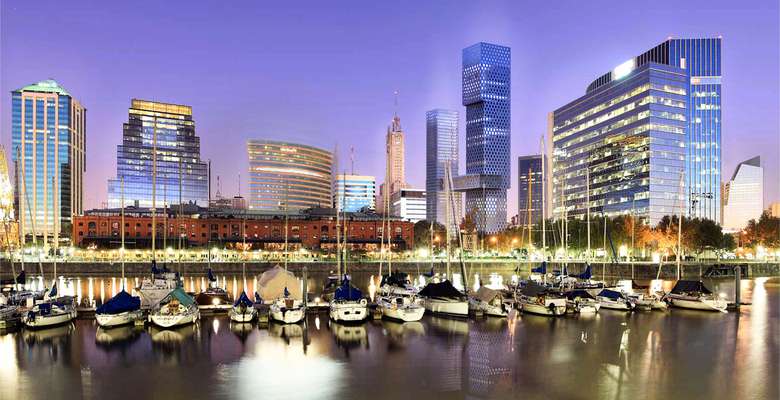
Contemporary architecture has a new typology, it is recognized for being multifunctional and its structure is capable of mixing several uses and combined them. The hybrid permeability, in opposition to the city, is what makes it accessible and the private uses of its own equipment extend its utility up to 24 hours. The activity remains constant during all day, regardless the schedules of the private or the public uses.
These new hybrids have the potential of transforming into social condensators for new communities, capable of defining the public space and produce housing, work, leisure and cultural activities for the population. As a result, it is more important the section of the hybrid than its floor plant, the challenge of the metropolitan density of the XXI Century is the consolidation of the vertical line as the new spatial experience.

The hybrid buildings are organisms with multiple uses interconnected, ready to serve the required activities as those unexpected needs of the city.
The mixture of different uses is a retrofitting system which stimulates those weaker activities, so each party gets its own profit. The hybrid buildings are design to produce a mixture between the public and the private activities which take place inside of it.
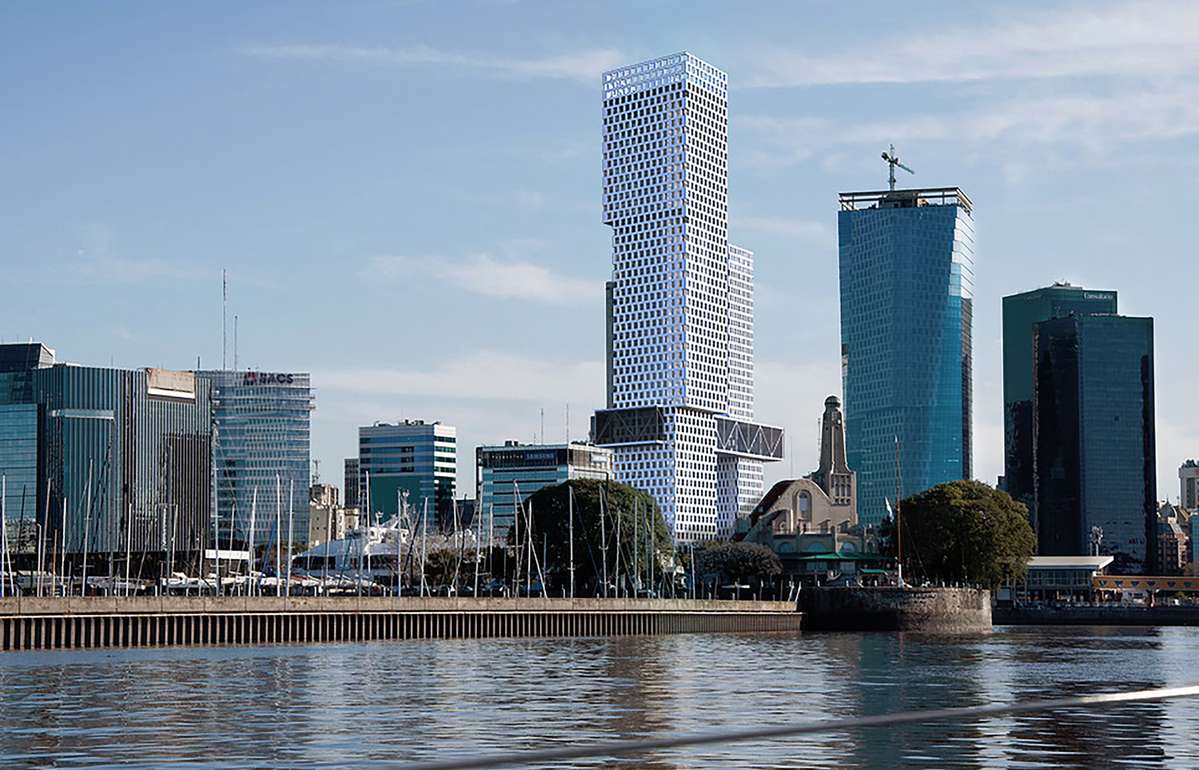
The hybrid buildings should be emplaced in high-density areas, with limitations for the land occupancy. The hybrid scheme proposes environments where different kinds of activities mix together, improving the habitat conditions and revitalizing the surrounding areas.
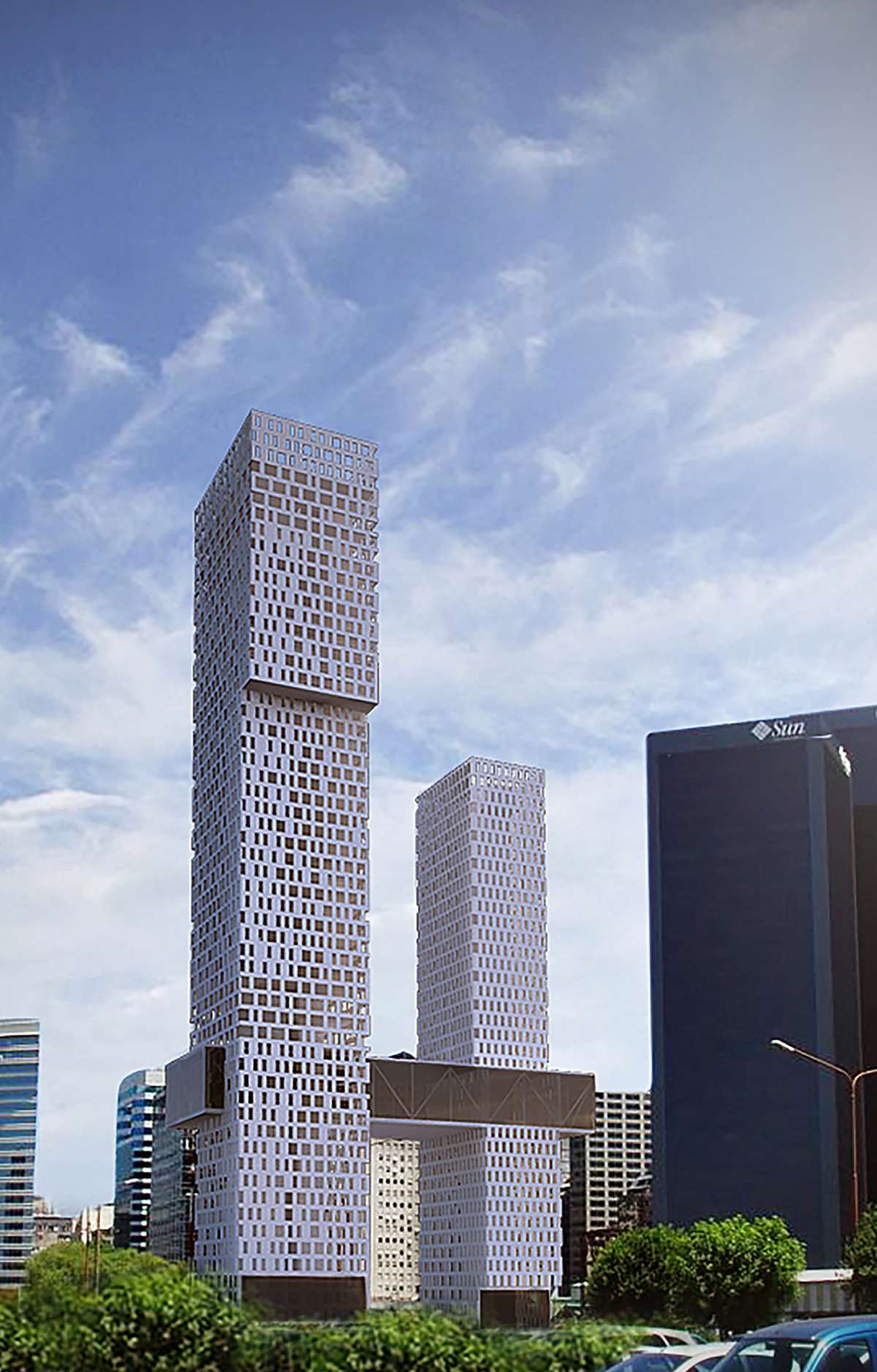
Usually, these buildings tend to be super-buildings, mega structures or city-buildings. The mixed use requires a high infrastructure, with an appropriation of surface area. The hybrid scale and its relationship with its surrounding area is measured by the juxtaposition of programmatic sections. In vertical hybrids the uses are added by superposition, while in the horizontal hybrids the mixed uses are formed by addition in floor plant.
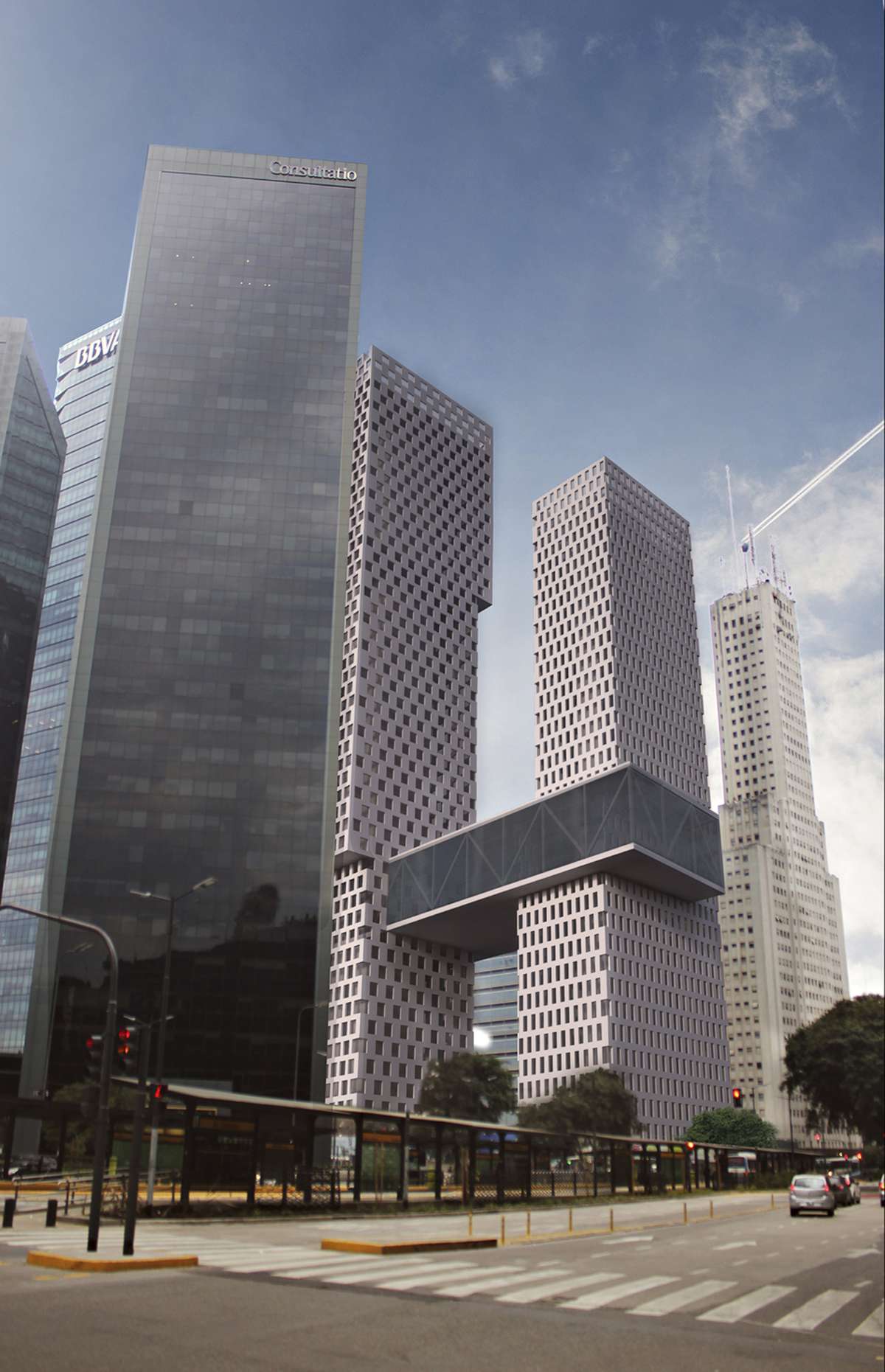
Usually, these buildings tend to be super-buildings, mega structures or city-buildings. The mixed use requires a high infrastructure, with an appropriation of surface area. The hybrid scale and its relationship with its surrounding area is measured by the juxtaposition of programmatic sections. In vertical hybrids the uses are added by superposition, while in the horizontal hybrids the mixed uses are formed by addition in floor plant.
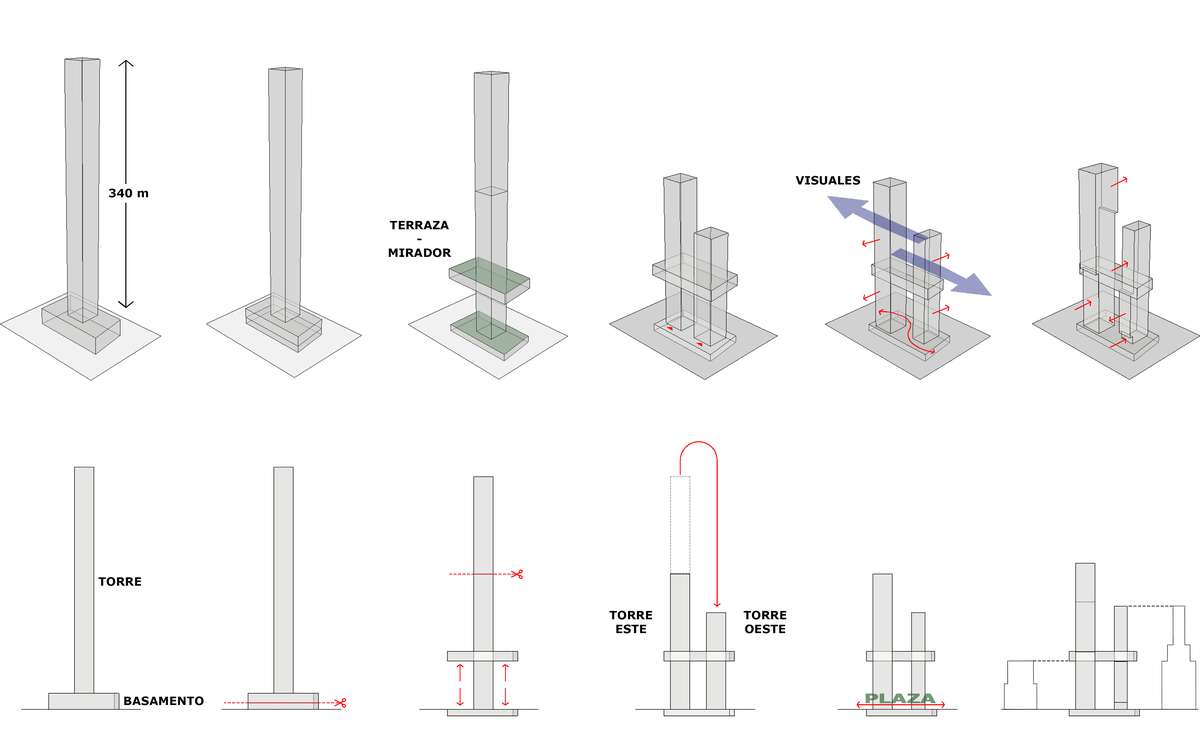
The relationship between shape and function may be explicit or implied in the hybrids buildings. In the first case it is by fragmentation, while in the second one is by integration. The hybrid building do not have a define morphology responding to its uses, but instead it will try to respond to a container shape, creating an equal habitat where all the different uses may be combine.
HYBRIDIZED CITY
HYBRIDIZED CITY

Contemporary architecture has a new typology, it is recognized for being multifunctional and its structure is capable of mixing several uses and combined them. The hybrid permeability, in opposition to the city, is what makes it accessible and the private uses of its own equipment extend its utility up to 24 hours. The activity remains constant during all day, regardless the schedules of the private or the public uses.
These new hybrids have the potential of transforming into social condensators for new communities, capable of defining the public space and produce housing, work, leisure and cultural activities for the population. As a result, it is more important the section of the hybrid than its floor plant, the challenge of the metropolitan density of the XXI Century is the consolidation of the vertical line as the new spatial experience.
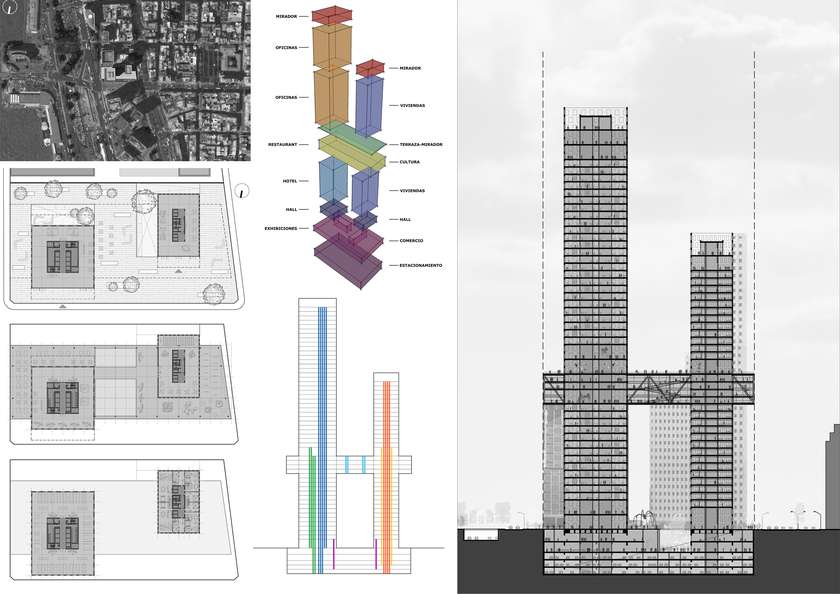
The hybrid buildings are organisms with multiple uses interconnected, ready to serve the required activities as those unexpected needs of the city.
The mixture of different uses is a retrofitting system which stimulates those weaker activities, so each party gets its own profit. The hybrid buildings are design to produce a mixture between the public and the private activities which take place inside of it.
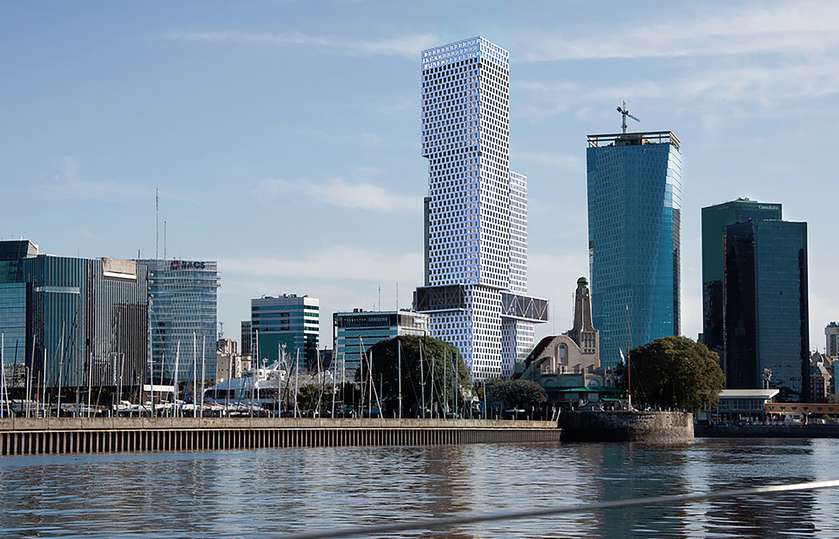
The hybrid buildings should be emplaced in high-density areas, with limitations for the land occupancy. The hybrid scheme proposes environments where different kinds of activities mix together, improving the habitat conditions and revitalizing the surrounding areas.

Usually, these buildings tend to be super-buildings, mega structures or city-buildings. The mixed use requires a high infrastructure, with an appropriation of surface area. The hybrid scale and its relationship with its surrounding area is measured by the juxtaposition of programmatic sections. In vertical hybrids the uses are added by superposition, while in the horizontal hybrids the mixed uses are formed by addition in floor plant.
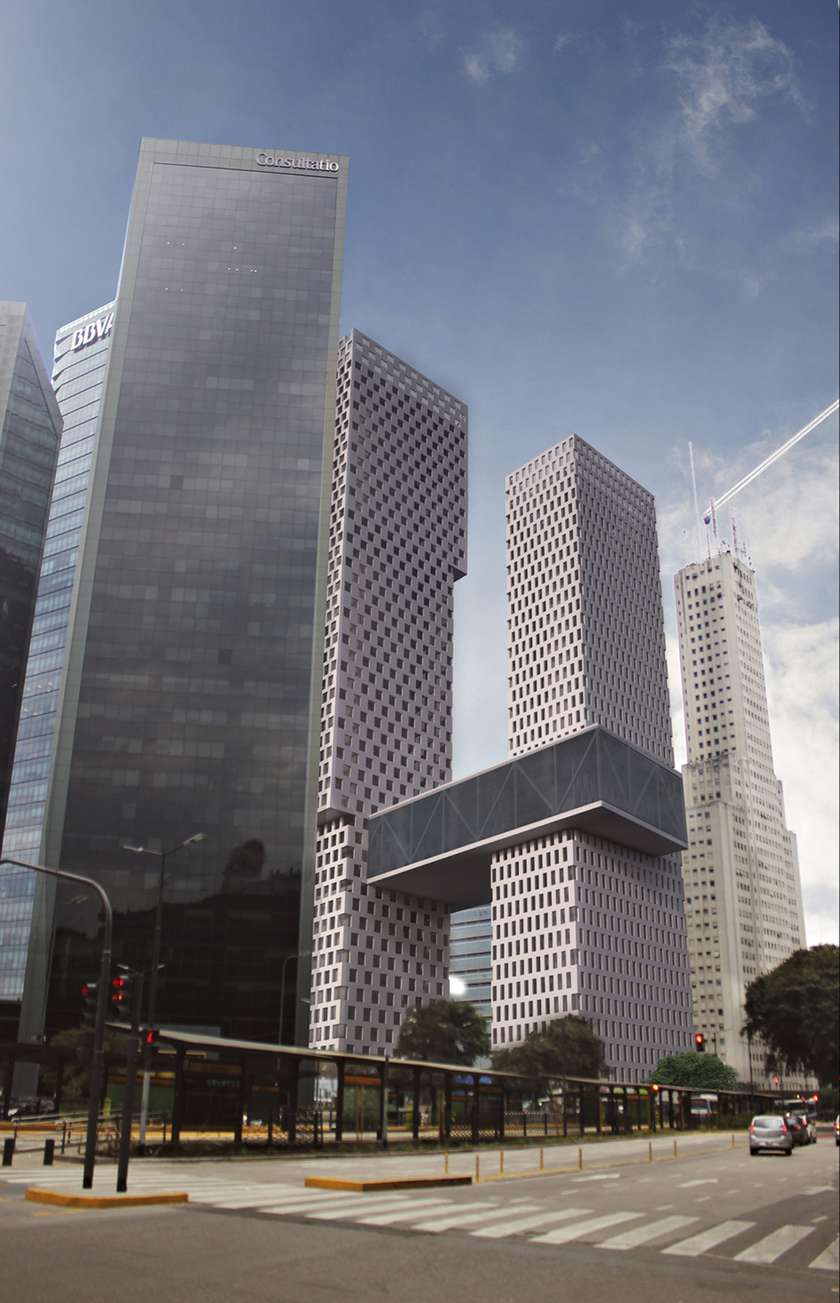
Usually, these buildings tend to be super-buildings, mega structures or city-buildings. The mixed use requires a high infrastructure, with an appropriation of surface area. The hybrid scale and its relationship with its surrounding area is measured by the juxtaposition of programmatic sections. In vertical hybrids the uses are added by superposition, while in the horizontal hybrids the mixed uses are formed by addition in floor plant.
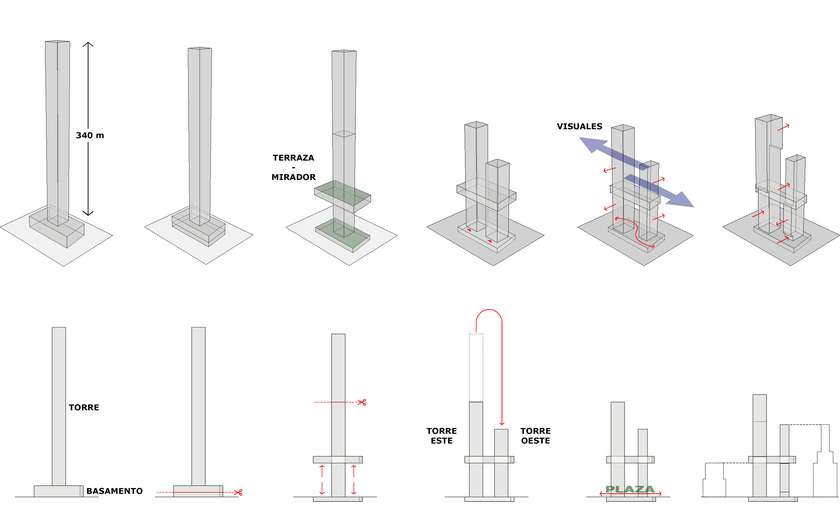
The relationship between shape and function may be explicit or implied in the hybrids buildings. In the first case it is by fragmentation, while in the second one is by integration. The hybrid building do not have a define morphology responding to its uses, but instead it will try to respond to a container shape, creating an equal habitat where all the different uses may be combine.